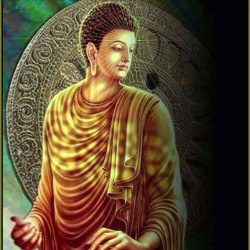Satyasiddhi Śāstra
Satyasiddhi-śāstra , (Sanskrit: True Attainment Treatise), treatise in 202 chapters on the doctrine of the void (śūnya). The work stands as a philosophical bridge between Hīnayāna, or Theravāda, Buddhism, the form predominant in Sri Lanka (Ceylon) and Southeast Asia, and Mahāyāna Buddhism, the tradition predominant in East Asia. The author, Harivarman, a central Indian Brahman in origin, studied both Hīnayāna and Mahāyāna. The Chinese translation is entitled Ch’eng-shih Lun and the Japanese Jōjitsu-ron.
The Satyasiddhi-śāstra argues strongly against the absolute existence or ultimate ontological reality of any phenomenon. It was probably written in the early 4th century and was translated into Chinese at the start of the 5th century. In China it gave rise to the Satyasiddhi school, which was considered to be Hīnayānist, although the Satyasiddhi-śāstra itself was regarded in China as a Mahāyāna treatise. The text’s Sanskrit original has perished, as have all commentaries on the work.
